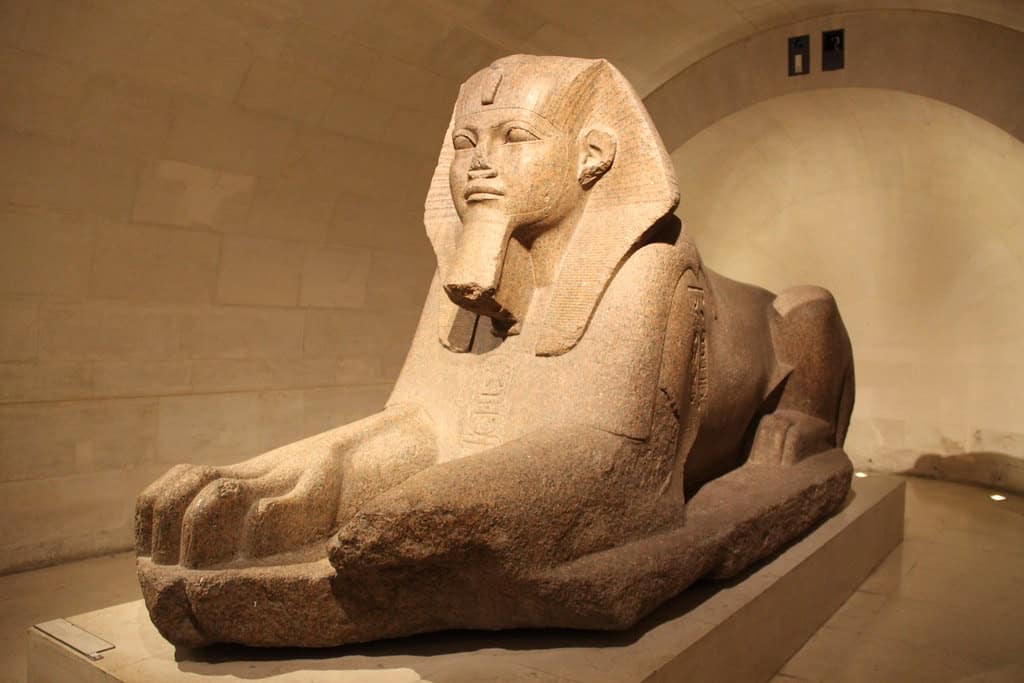
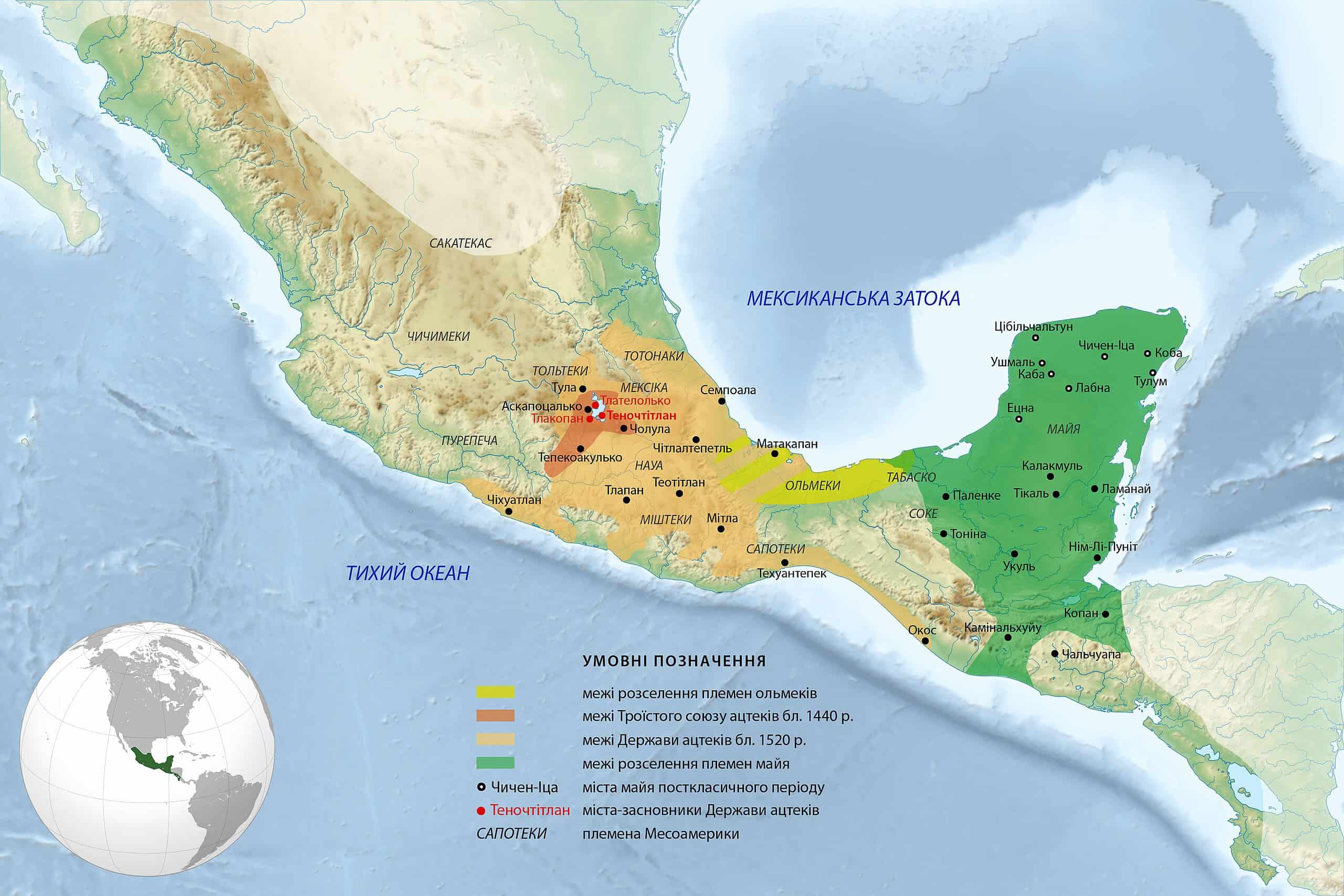
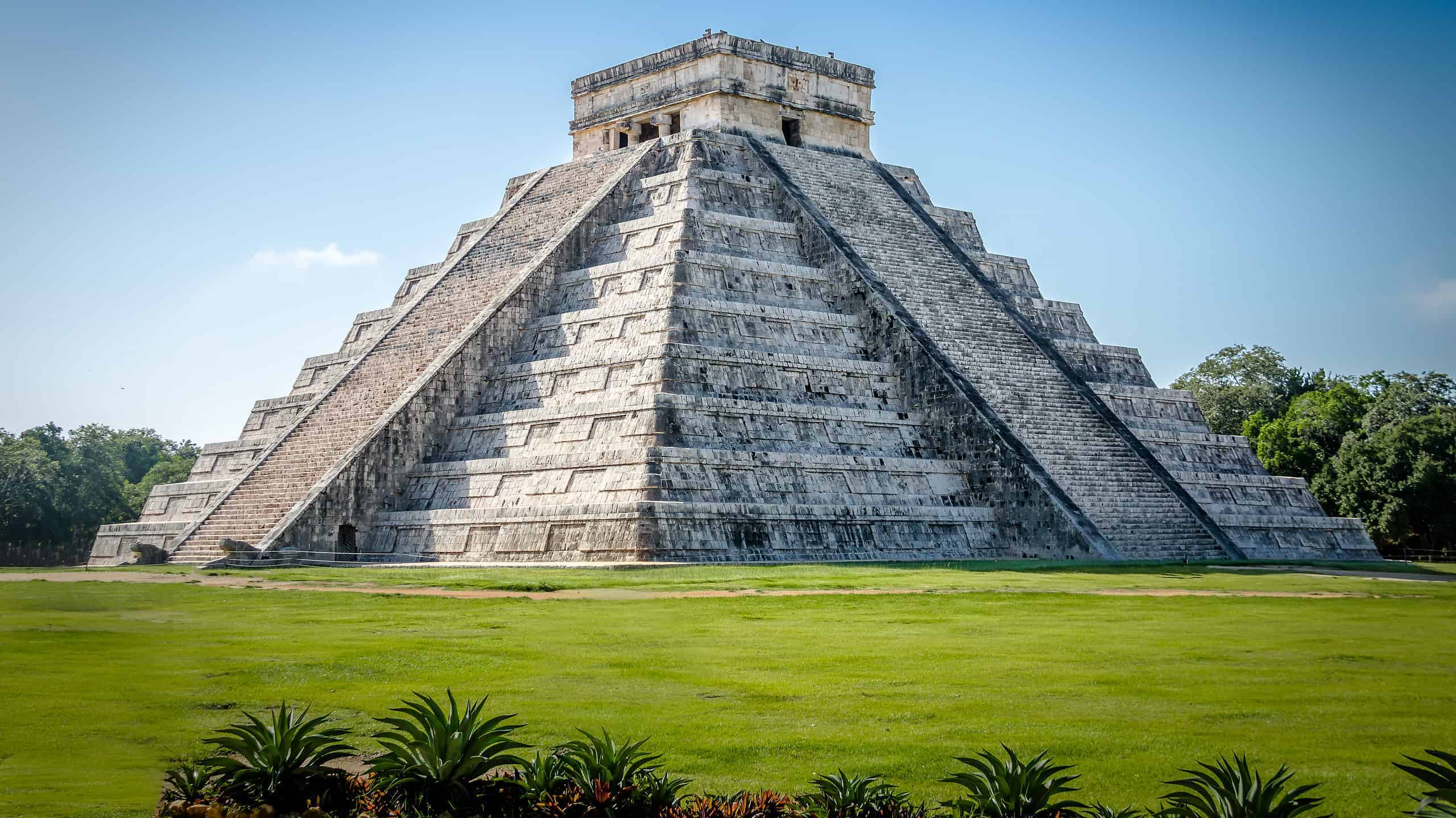
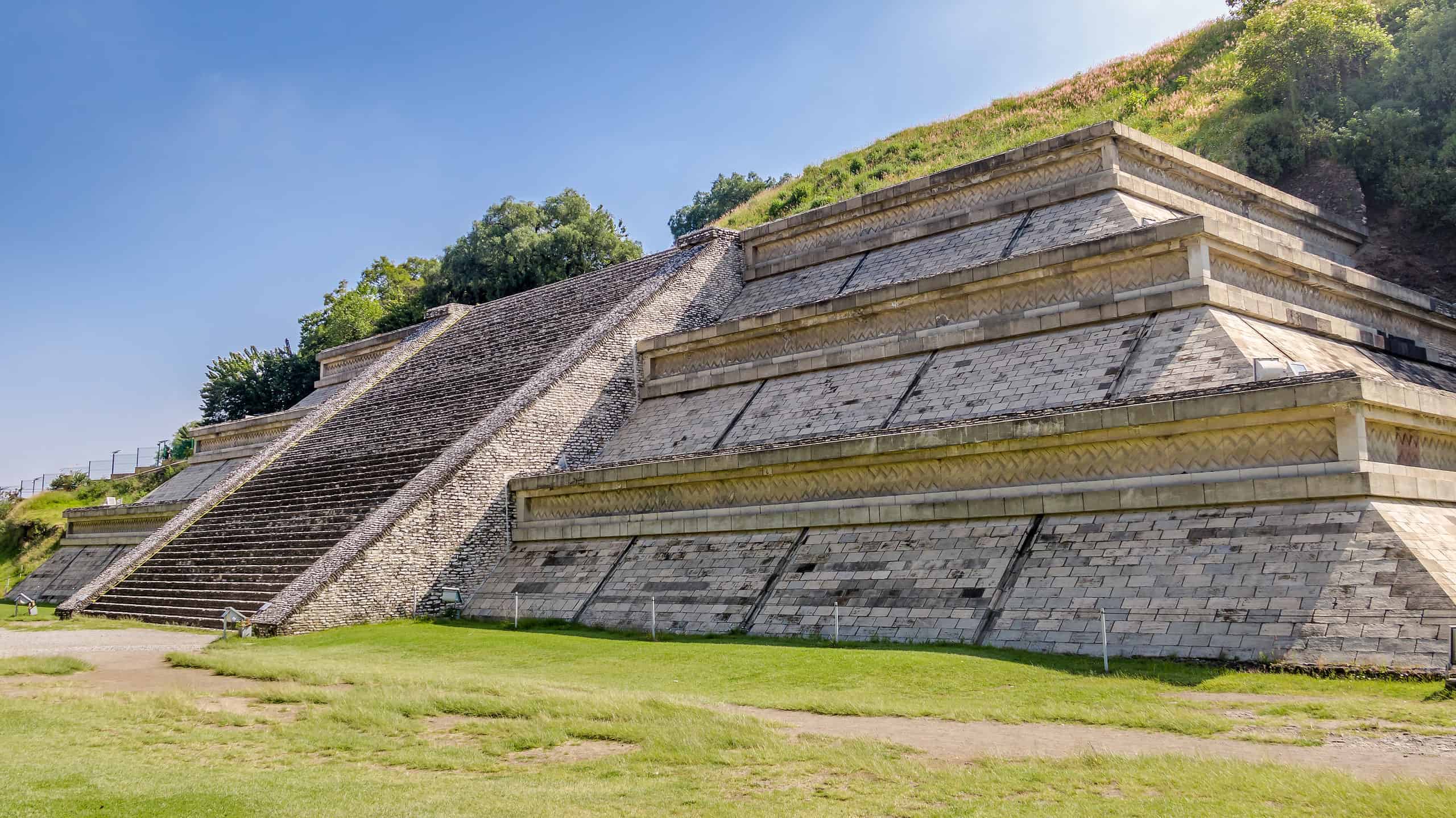
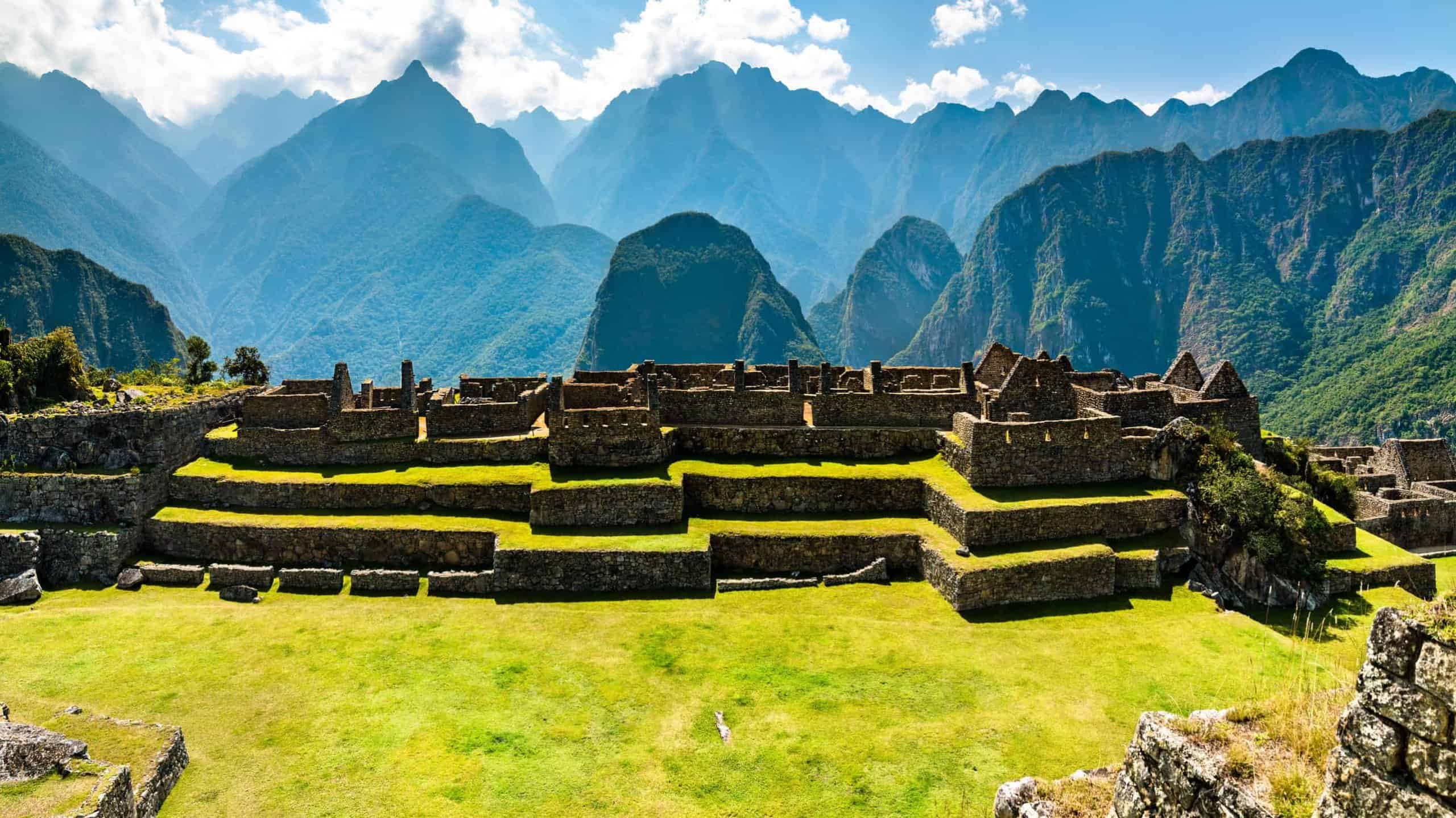
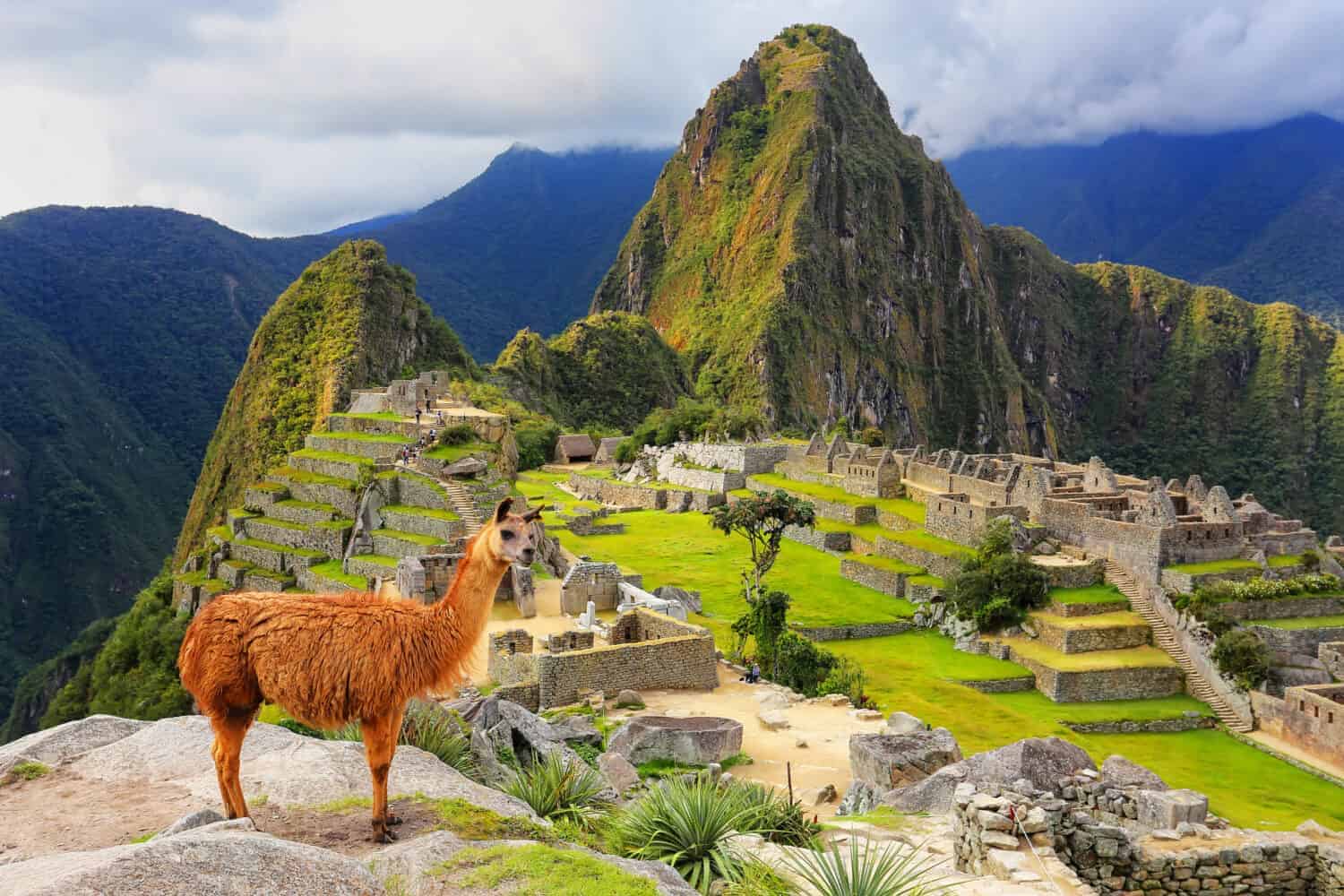


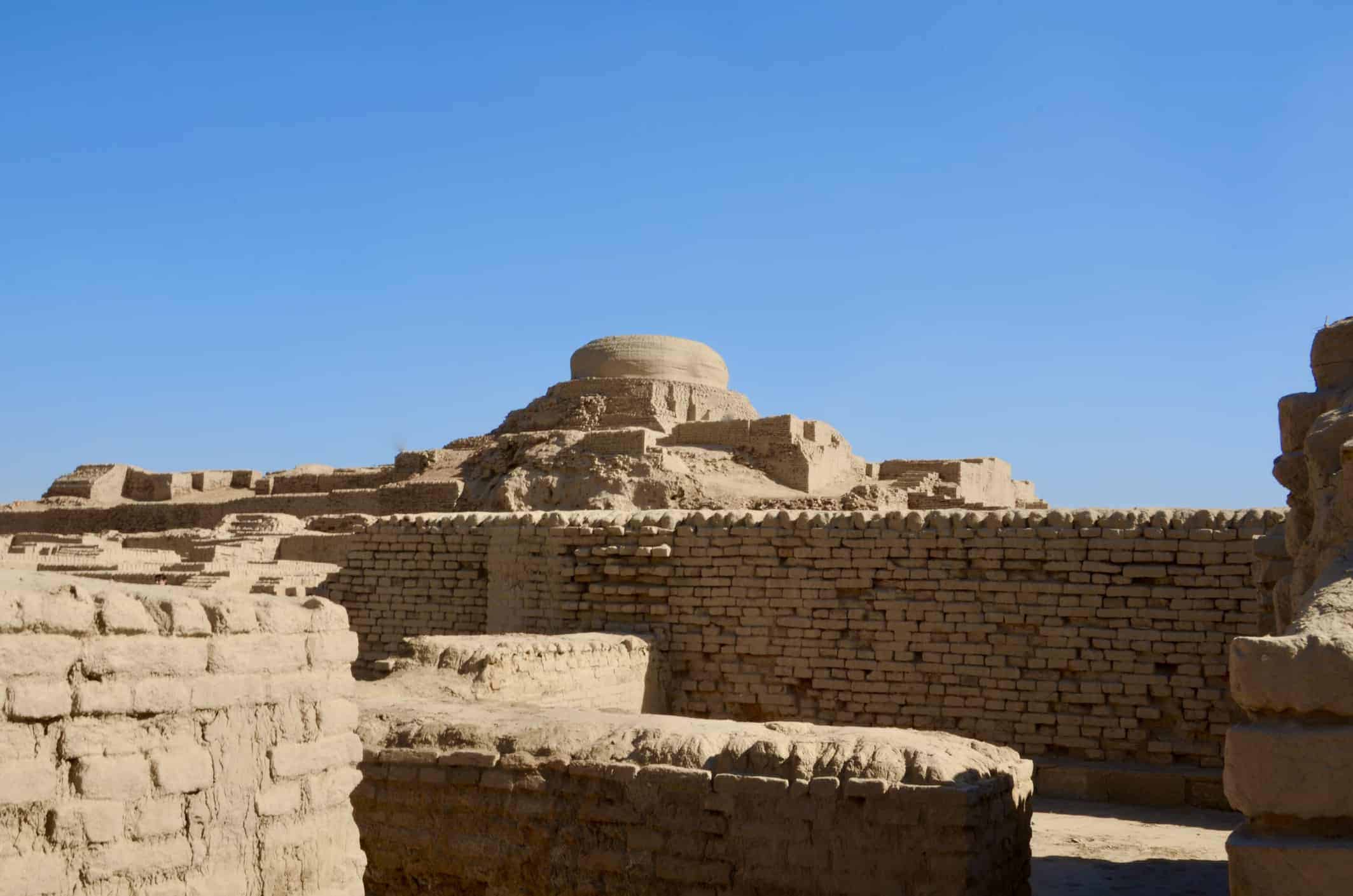

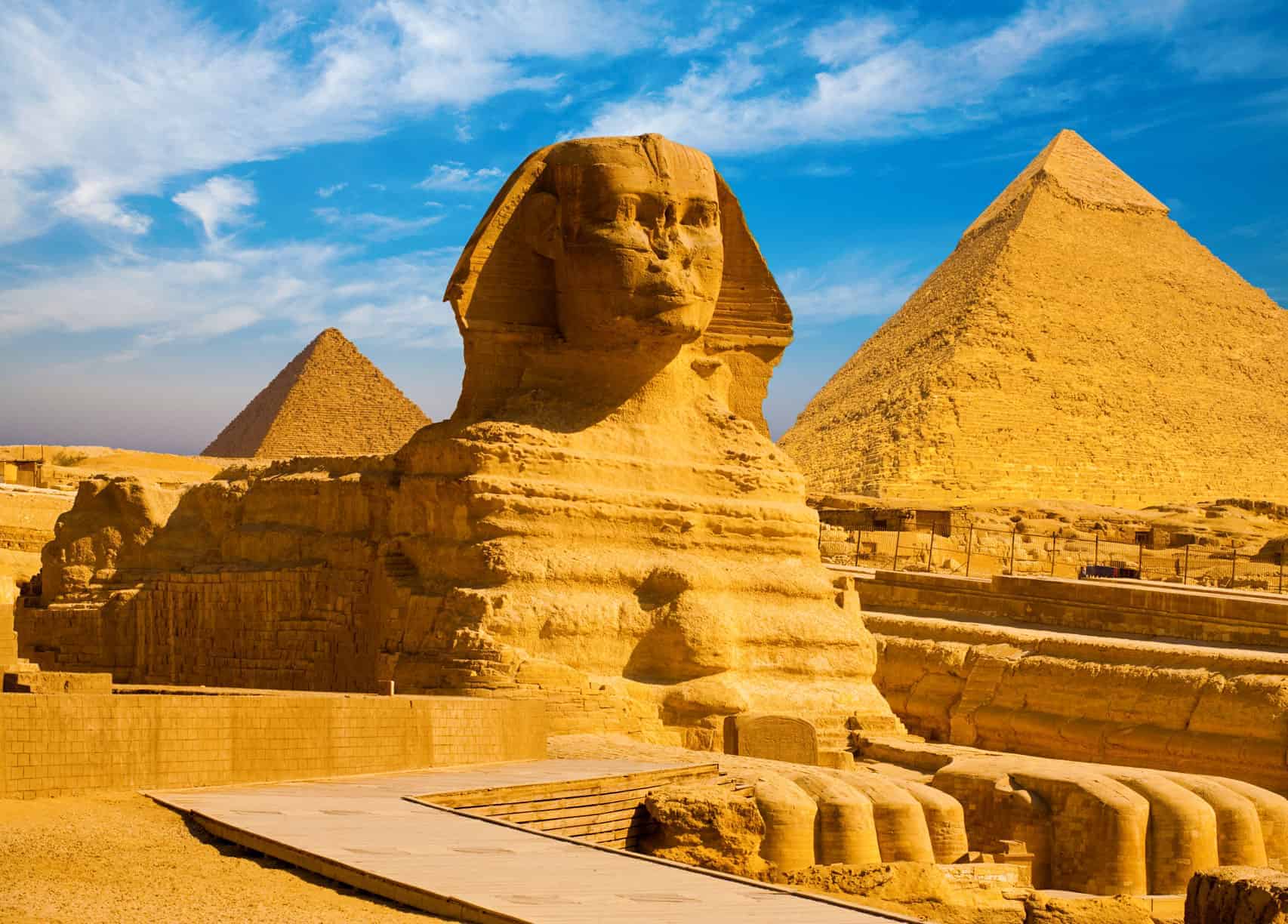
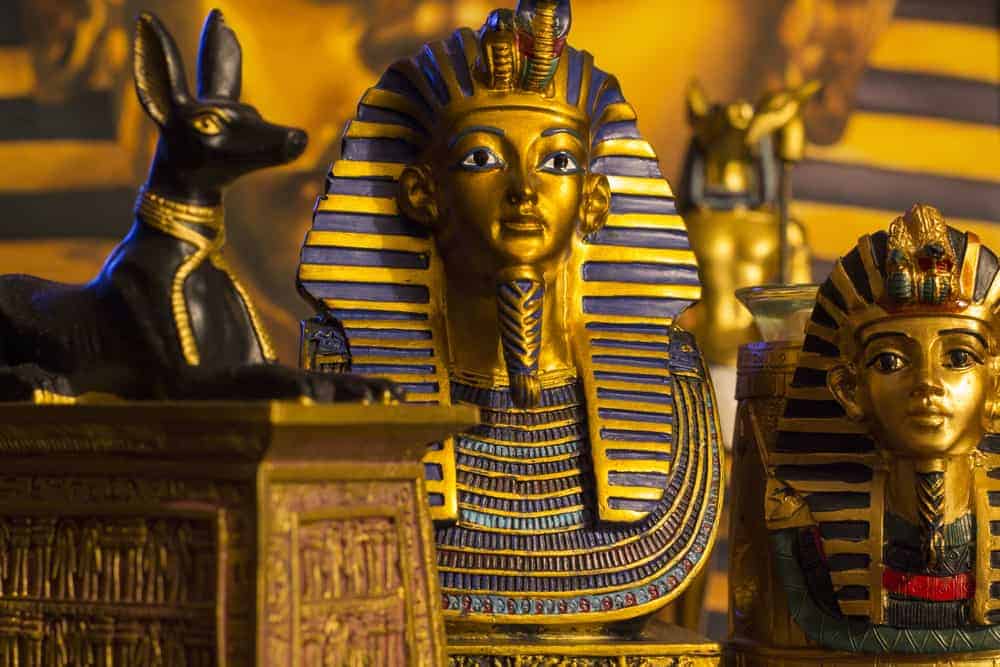

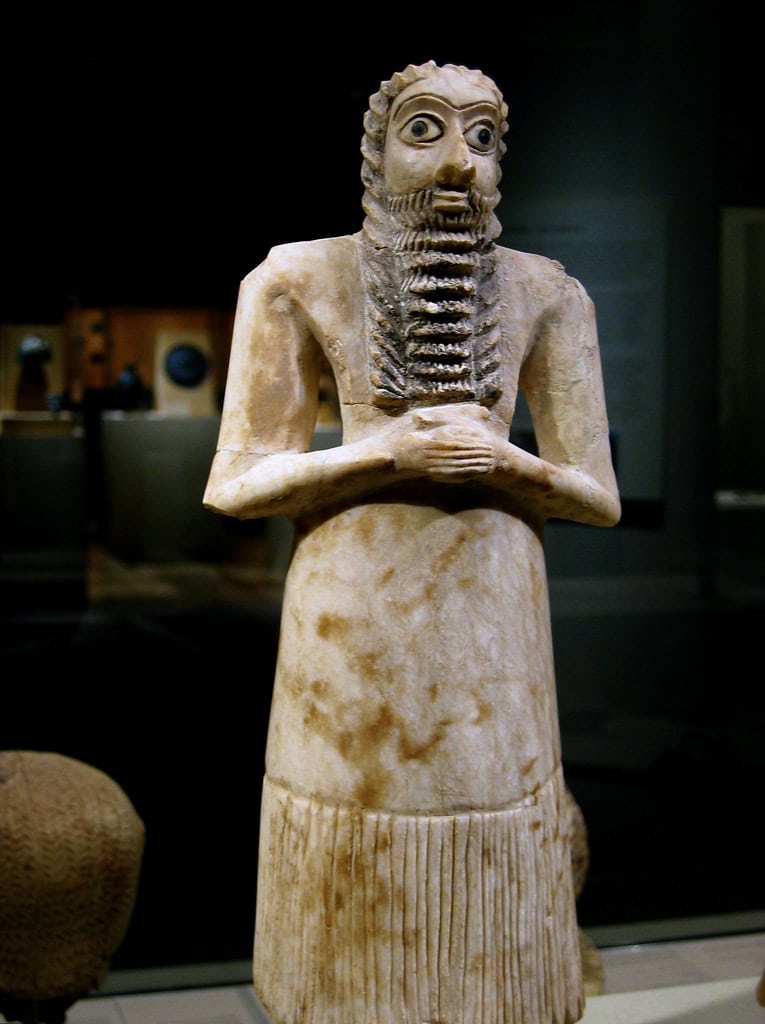
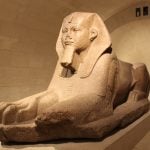
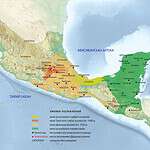
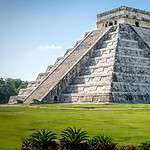
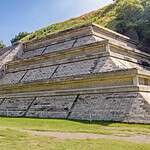
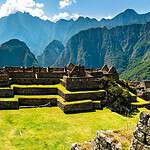



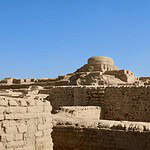

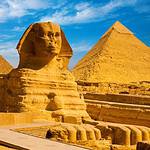

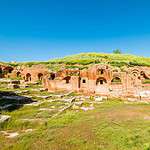
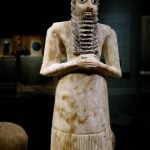
This Ancient Kingdom Was Known For Its Opulence
Mankind has sought civilization since the earliest days of recorded history. However, some kingdoms were the first to start and ended up charting out a path that few others would for centuries. Today, we're looking at the oldest kingdoms in recorded history.
6. Ancient Mesoamerica
Among the world’s oldest civilizations, areas of Mexico and Central America were home to a subset of cultures better known as Mesoamerica. As far back as 1200 B.C., areas in Belize, Guatemala, Honduras, and El Salvador are well documented for having a diverse culture that thrived well before European contact.
The term “Mesoamerica” refers to the geographical area where these early societies thrived with common traits even as they were independent. The oldest is the Olmec civilization, considered Mesoamerica's largest and most important and thrived between 1200 and 400 B.C.
The Kingdoms of Mesoamerica
Following the Olmecs were the Mayans, Toltecs, and Aztecs. The Mayans are believed to have peaked around 250 - 900 CE during the Classical Period, but their influence lasted centuries. The Aztecs are much more recent. They were the last dominant society in Mesoamerica, and they lasted until the 16th century and the arrival of the Spanish fleets.
An Agricultural Powerhouse
Before this area became more modern, there was plenty of evidence to support fertile farmland, which would have explained how these nations prospered. Discoveries have shown that agricultural advances with beans, vanilla, corn, peppers, and squashes were all used as food sources. Evidence points to the Zapotec civilization, which followed the Olmecs, as the birthplace of Mesoamerica’s first written calendar.
5. The Andean Civilizations
The Andean Civilization was a complex society that lived along present-day Peru's coastal deserts and river valleys. It emerged in 3500 BC but began to thrive around 3100 BC. Andeans domesticated the llama to transport goods across the various Andean communities. They also formed complex urban cities after inventing agricultural practices that could provide sufficient food to support huge populations.
Unlike other civilizations that developed writing systems, the Andeans never had one, but they created the quipu, an intricate record-keeping technique that used knots and strings to store data. Like the Mesopotamians, the Andeans comprised several communities, including the Inca, Caral, and Chavin.
The Decline of the Andean Empires
The Caral emerged in 2300 BC and formed the oldest urban dwelling in North and South America. They lived in dozens of cities, the headquarters of which was the Caral-Supe stone monuments complex. The Caral created several carved stone sculptures and monumental architectural pieces, but they are best remembered for their textiles and painted ceramics. Their decline began in 1800 BC, but archeologists have yet to determine the reason for their demise.
The Chavin existed between 900 and 200 BC in the northern Peruvian highlands. They are remembered for their architecture, particularly the Chavin de Hunter Temple. The Teolo Obelisk, Lanzon, and Tenon heads demonstrate their architectural and construction prowess. The Chavin also demonstrated advanced knowledge in soldering, metallurgy, acoustics, and temperature control.
The Inca are among the best-known Andean people due to their complex roadway and agricultural systems. The Inca emerged in 1100 in the Cuzco Valley and used diplomacy to expand their territory. At their peak, the Inca occupied the region where present-day Argentina, Colombia, Peru, and Chile lie. The vast size of their empire allowed several cultures to exist side by side within their territory. The Inca reinforced cohesion through a centralized administrative, language, and religious system. However, the Spanish invasion in 1500 caused the end of the Inca.
4. Ancient China
Ancient China emerged around 2000 BC, occupying the Yangtze and Yellow Rivers region. The Pacific Ocean, Himalayan mountains, and Gobi Desert shielded it from enemies. These natural features allowed them to flourish in isolation from foreigners and raiders for centuries. Their primary threat was the Mongols, who resided on the northern side of their territory.
The Chinese kept the Mongols away by constructing barriers. Later, they built the Great Wall of China, making it even more difficult for the Mongols to raid their territory. The ancient Chinese also originated several technologies, including the decimal system, sundial, abacus, and printing press. Their printing press was critical in facilitating the mass distribution of Sun Tzu's famous book The Art of War.
China's Lasting Bureaucracy
The ancient Chinese stand out from other civilizations in developing the most successful centralized government. Several powers ruled over ancient China under dynasties, including the Ming (1368 BC to 1644 BC), Shang (1600 BC to 1050 BC), Zhou (1046 BC to 256 BC), and Qin (221 BC to 206 BC) dynasties.
Ancient Chinese leaders mobilized their people to construct massive infrastructural projects, such as the 5th-century Grand Canal. The canal joined the Yangtze and Yellow rivers, facilitating the navigation of goods and the military across its territory. Ancient Chinese leaders also valued and emphasized education and the arts, particularly paintings and music. They also produced great scientists who invented gunpowder and cast iron.
3. Indus Valley Civilization
The Indus Civilization is the third-oldest civilization. It existed in the northern section of present-day India during the Bronze Age and lasted between 3300 BC and 600 BC.
The political and cultural entity, also known as the Harrapan Civilization or the Indus-Sarasvati Civilization, got its name from its location in the Indus River valleys. It got its alternative names from its proximity to the Sarasvati River and Harappa, one of the ancient cities that marked the beginning of this civilization.
Not much is known about the Indus Civilization compared to Egypt and Mesopotamia. But archeological excavations have revealed its Mohenjo-Daro and Harappa cities, where Pakistan lies today. Archeologists believe these cities had populations of approximately 50,000 people, which is comparatively high considering that many ancient cities could only support 10,000 people.
The land occupied by this civilization stretched approximately 900 miles along the Indus River banks and likely encompassed regions located in present-day Afghanistan, Nepal, and Delhi.
A Decline Mired in Mystery
The reasons behind civilization's decline between 1900 BCE and 1500 BCE remain unknown, although several theories have been developed to explain this deterioration. The Aryan Invasion theory explained that Aryans, a white ethnic community from the north, raided the native dark-skinned Dravidian population.
The other theory points to a combination of factors, such as climate change, the drying up of the River Sarasvati, changes in monsoon patterns that they depended on for irrigation, and overpopulation. Archeologists are still digging up the area, hoping to learn more about the Indus Civilization, including what caused its demise.
Archeologists have unearthed unique artifacts that indicate the Indus Civilization had a writing system. However, they have yet to decipher these texts, making establishing the community's origin difficult. As a result, all that scientists have explained about the Indus Civilization comes from archeological analyses.
The excavations demonstrated that the people who lived in these cities were merchants, farmers, and artisans. The archeologists have not discovered evidence of military, monarchy, or major religious affiliations. Instead, they unearthed the Mohenjo-daro Great Bath, and they believe the civilization likely used it for ritual purifications.
The Indus Valley residents used flat-bottomed boats, wheeled carriages, and sailboats. They also employed irrigation via canals and developed various farm implements.
2. Ancient Egypt
Ancient Egypt emerged around 3100 BC and became the most powerful civilization for three millennia when Alexander the Great conquered it in 332 BC. Ancient Egypt was much larger than present-day Egypt since it occupied a land area ranging from where present-day Sudan, Egypt, and Syria occupy.
Like present-day Egypt, ancient Egyptians predominantly settled around the River Nile and used its fertile soil to grow food. Farmers developed irrigation systems along the Nile valley, allowing them to control water flow to support crop growth during wet and dry seasons.
The fertile Nile valley soils produced a crop surplus that facilitated the financing of incredible constructions such as the Luxor temples and the giant pyramids.
Egypt's Enduring Legacy
The most well-known and popular aspects of ancient Egypt are its unique pyramids, mausoleums, tombs, and mummification processes. The mysteries of ancient Egypt have long attracted the attention of historians and archeologists, as demonstrated by the development of Egyptology. Hieroglyph-covered archeological sites are the primary sources of information on ancient Egypt. These sites indicate that ancient Egyptian culture was rich in art, beauty, and religious traditions.
Ancient Egypt had a governance system headed by a pharaoh, the religious and political leader. The pharaoh ruled lower and upper Egypt and was a high priest in every Egyptian temple, representing the gods. Ancient Egyptians considered their pharaoh a god since he filled the gap between the gods and humanity.
Ancient Egyptians had many goddesses and gods. For example, Ra was the sun god, Horus was in charge of wars, Isis controlled magic and nature, and Osiris was the god of the dead. The influence of the gods changed as new gods emerged and others diminished in importance. For instance, these dynasties elevated Amun to be their chief god. Later, the principal god status became Amun-Ra after merging the sun god Ra and Amun.
1. Mesopotamia
Mesopotamia means "land between two rivers" in Greek. It is the oldest civilization discovered. Mesopotamia emerged in approximately 10,000 BC and was located where present-day Iran, Iraq, Kuwait, Syria, and Turkey lie. The Greeks named this ancient culture Mesopotamia after the Euphrates and Tigris rivers, which provided fertile ground and enabled civilization to thrive.
Mesopotamia was not a single civilization but a combination of different cultures that lasted for several millennia. These cultures had different aspects but were united by their common gods, scripts, and attitudes toward women. Unlike many civilizations that followed, the Mesopotamians were keen on ensuring women's rights.
Historians refer to Mesopotamia as humanity's cradle for two main reasons. Firstly, its characteristics facilitated the emergence of the city concept. Their food production, construction, and urban planning technologies enable people to live sustainably in groups.
The Cradle of Invention
Secondly, Mesopotamians invented the concept of writing, even though the Chinese, Egyptian, and Indus Valley civilizations that emerged later also developed writing techniques unrelated to the Mesopotamians. Their discoveries influenced the world's progress and culture; some innovations, including beer, math, and writing, are used today.
Have you ever wondered about the wheel's origin, the 24-hour day, writing, sailing, civil rights, beer brewing, irrigation, or the code of laws? The Sumerians invented the wheel in the fourth millennium BC in Lower Mesopotamia—present-day Iraq. In this invention, rotating axles were inserted into wooden solid discs. They began hollowing the discs in 2000 BC to make the wheel lighter, leading to significant advances in transport, agriculture, and craft industries.
In transport, the wheel was used on battle chariots and carts. In agriculture, it greatly contributed to its mechanization. Crop irrigation and animal traction were much easier with the magic wheel. In the craft industry, the wheel's centrifugal force is the primary mechanism in windmills.
Similarly, in Mesopotamia, day and night were divided into 12 equal hours. As daylight hours changed, their length varied depending on the season. Historians also refer to Mesopotamia as the source of learning. This era originated much of today's knowledge in agriculture, astronomy, astrology, literacy, mathematics, architecture, and law.
